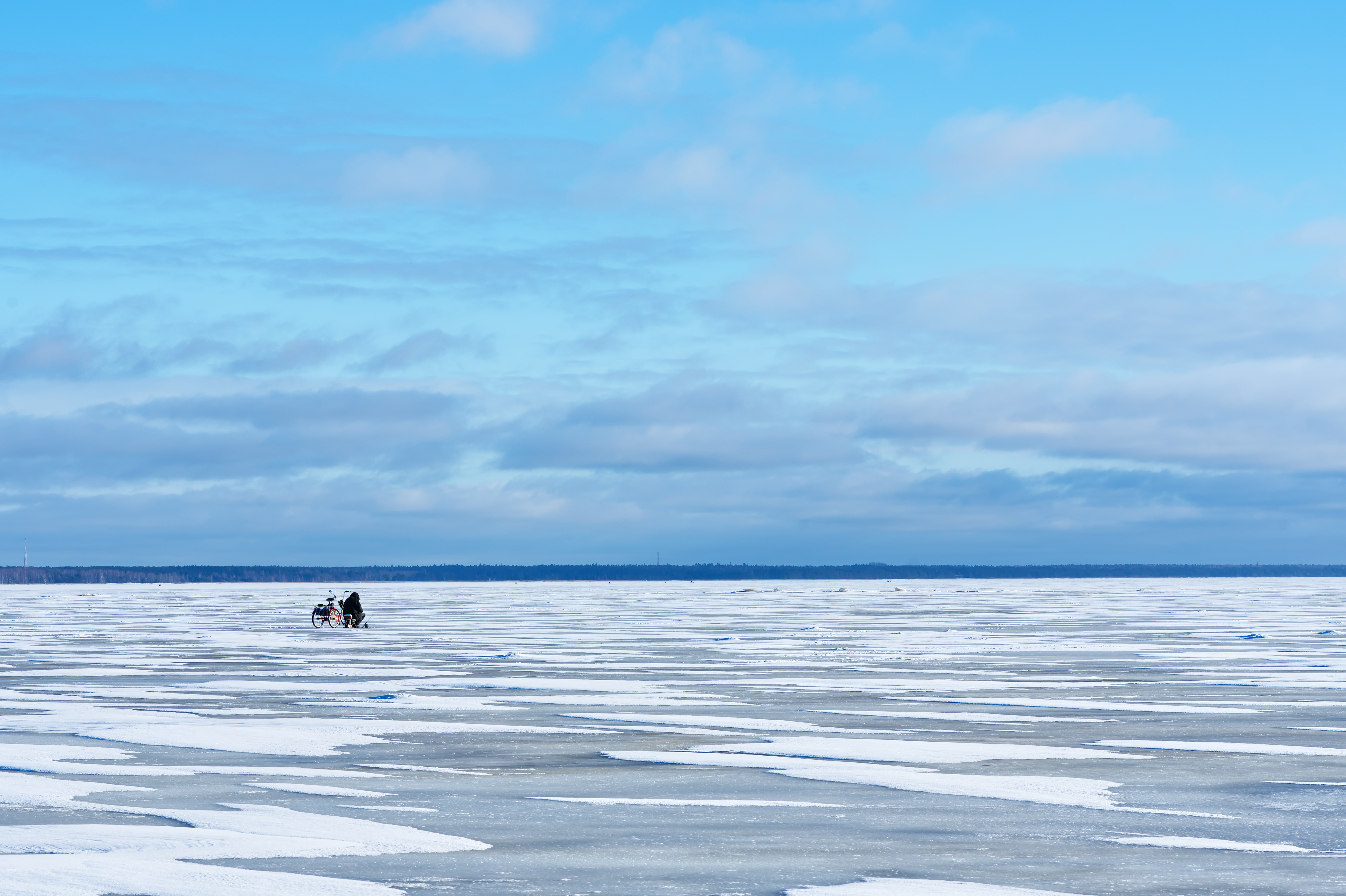Canada needs stronger partnerships to counter the impacts of U.S. cuts to weather research, services and personnel
U.S. cuts to weather research, services and personnel could negatively impact Canada's forecasting accuracy, says Jim Abraham, former federal director general of weather and environmental monitoring. Abraham, who chaired the Council of Canadian Academies' new report on the future of Canada's public weather service, says Canada needs to strengthen weather services partnerships with our Northern communities and other countries.
Other stories mentioning these organizations, people and topics
Other News
Events For Leaders in
Science, Tech, Innovation, and Policy
Discuss and learn from those in the know at our virtual and in-person events.
See Upcoming Events
You have 0 free articles remaining.
Don't miss out - start your free trial today.
Start your FREE trial Already a member? Log in
By using this website, you agree to our use of cookies. We use cookies to provide you with a great experience and to help our website run effectively in accordance with our Privacy Policy and Terms of Service.



